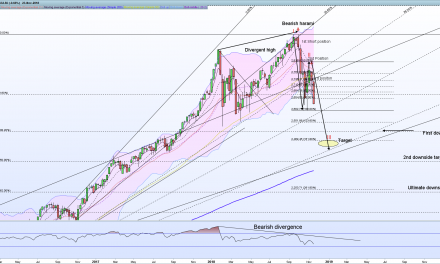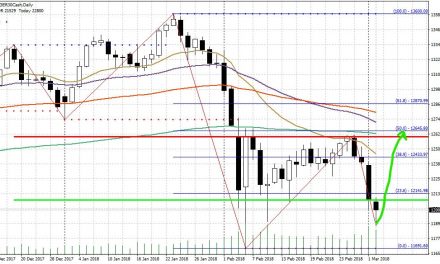This week ended with Wall Street printing a series of all times high on all three major indices. Cool right?
If an alien just landed on the american soil he would think that the economy is roaring at full speed. Probably expecting rather normal interest rates at around 5%, a wealth distributed on a large part of the population and so on.
Wait as this is not the case. The FED signaled a very probable rate cut from current (low) 2.5% on the next meeting at the end of July as the american economy showed signs of tiredness with several macros indicators deteriorating fast.
The US market since has been crushing records with the support of more easing from the central bank pricing a 100% rate cut of at 25bps (they were hoping even for a 50 bps rate cut) and one or two additional cuts before year end.
The discrepancy here is quite astonishing. All Fed voting members report about an healthy economy with steady growth. Why then the need for a cut? The pretty lame excuse is inflation.
Inflation has been running consistently under the 2% self assessed target since the beginning of the great depression. Trillion of dollars have been created from thin air and pumped in the system ; rates cut to zero.
They gave the same heavy medicine Japan had tried hopelessy for many more years.
And this drug evidently doesn’t cure the disease but just the symptoms for a short period of time. This disease in the meantime expands silently in the economy, it inflates public debt and deficit burdens, it concentrates wealth in the hands of a few leaving the rest fighting for the breadcrumbs. It creates a middle class not being able to pay for healthcare, rent food education and other basic needs if not working two or even three jobs and taking on their shoulders more debt.
At the same time this medicine increases substantially the nominal value of the stock market with healthy returns for the few fortunate that have thepossibility to buy shares.
Analysts at Nordea commented about the S&P performance against the amount of macro data the fell short of expectation (especially for manufacturing) and concluded that the gap between the two is the highest in history.
The preliminary second quarter earning reports oulook, averages nearly -2.7% with several S&P companies providing guidance below the estimates. An earning recession risk (full article), that so far has been hidden by the multitude and magnitude of buybacks that raised EPS while total profits have been shrinking since the third quarter of 2018.
This combined with a recession risk for the economy at large (signalled also by the curve inversion) explains why the FED needs an “insurance” cut (that I personally think will happen in July also after the good NFP last Friday).
As a great (also if controverse) FED chair A.Greenspan said once, one of the assets of a good chairman is to be good at lying. The Fed would never tell you the real status of the economy. They can’t.
So doc Powell will inject some more medicine to keep the patient alive some more.
The cure is wrong. What is more worrying is that they do not have a clue why is not working out.
On a much lighter note have opened a short on DAX at 12590 last Friday.
The chart is pretty self explanatory. I have been checking the weekly chart until 2002 and haven’t seen such a gap on the weekly. Abandoned baby is pretty rare formation (although very reliable). The Dax had hit during the week the 12650 mark that was an historical resistance. Mix the NFP data that will create some uncertainty on next FED move and I had the odds (is all about the odds) to enter a potential strong winner (is a swing trade). The chances to move up are extremely limited in my opinion; my stop losses are at previous high (12660).





